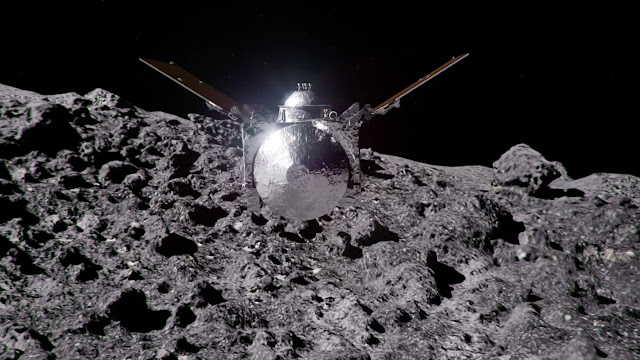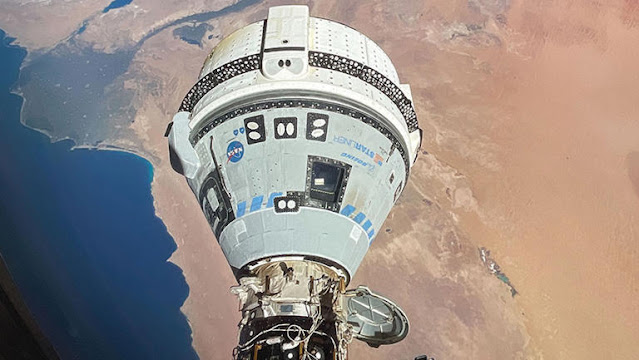Another reason to have a 3D (plastic) printer.
At least a decade ago, we replaced our poured concrete back porch with
pavers. From where we sit now, I can say it was a silly fad the took
away my common sense, because while the new porch was prettier for a few
weeks, it takes about 9 Godzillion times the amount of work that the poured
concrete took. In particular, if you turn your back on them, the weeds
that grow between the pavers grow so fast they'll overgrow and eat you.
(DISCLAIMER: it might be unique to Florida, but I doubt it.)
Roundup can be effective but hard to find, and the complaints about it are
still high volume, although they are easing down from fever pitch (example). I've switched over to
Ortho's Ground Clear
which seems more effective than Roundup and nobody is screaming about it and
suing Ortho. So far. That I know of.
At least a week ago, maybe two, I sprayed every seam between pavers on the
back porch. They didn't all die back, for reasons unknown, so my plan
was to take our ancient (seriously - like 20 year old) combo edger, grass/weed
whacker and clean out every seam between pavers. I got to it Saturday
morning. It worked for about a quarter of what I needed to get done before there was a
snapping sound and the motor started revving too fast. Like many weed
whackers, it has a spool holding heavy monofilament line (like fishing line
but much bigger diameter), and it's held in place by a snap cover. That cover had
turned into these two pieces. The one on the right is an inside view of
the cap that sits facing up on the piece to the left.

The immediate answer is to go find a replacement part, but that's not easy on
a Saturday. Almost immediately, a voice in my head suggested I print a
replacement. Off to the Thingiverse
to search for a Black and Decker edger snap spool. I downloaded a couple
and while I could tell they both were very close to the sizes I could measure
here, I wasn't sure if they'd work with mine. So I printed one up
today.
It printed for a couple of hours and must have taken something like 25 cents
worth of filament, but by 6:30 tonight, I tested the fit and found it fit
perfectly, then tested the whole tool by hacking back dead weeds for a few
minutes. It worked perfectly.
Tomorrow I plan to clean up the back porch and spray Ground Clear on anything
that isn't alive.
I know I've said something like this before, but while a 3D printer might be a
bit expensive to get started with, and require a bit more general familiarity
with CAD software, and computers, until the Star Trek replicators that can
turn the energy output of an atomic bomb into solid matter come around, these
are the ultimate answer for those "need it right f**king now" plastic things
that keep Walmart, and the People's Republic of China in business.
The Big Deal is Next Weekend - if you're a Radio Amateur
If you reflexively hit the "CLOSE" button when you find I've gone on to do a ham
radio post, especially about VHF and the 6meter band, go for that button and
see you next time. If you're considering getting on 6m, this is for you.
This coming weekend, starting Saturday the 14th at 1800 UTC or 2:00 PM EDT, is
the ARRL's annual June VHF contest. Before I started chasing wallpaper
on 6m, I played in that contest once or twice in the 1980s on 2m SSB on a
transverter I designed and built. It has always been the single best
operating time for VHF in the US. The ARRL does three VHF contests per
year - this one, September and January. Those have never been anywhere
near as good as June; at least, around here. With one exception.
The January contest is near the time of year when we get those few once-a-year
chances to work Australia and New Zealand, although I've since worked other
south Pacific stations in the winter and early spring.
If you haven't gotten around to putting up your antenna, or have an idea for
one you never built, I'm here now to tell you to go for it - you have five
days to get ready. I first tried the contest in 2002, after I discovered
my HF log periodic antenna matched well on 6m - although it pointed kinda
"wonky". Over the years, I know I've mentioned this contest many
times.
Two years ago, I worked Japan. While trying to figure out how many grids I've worked in the USA, I've found several important contacts made in this contest after searching my log.






















